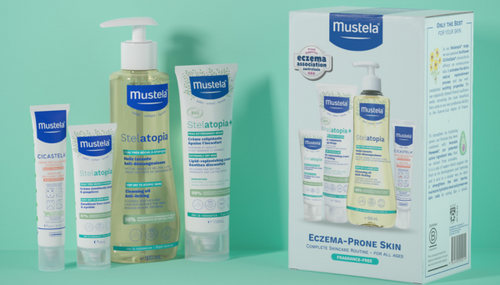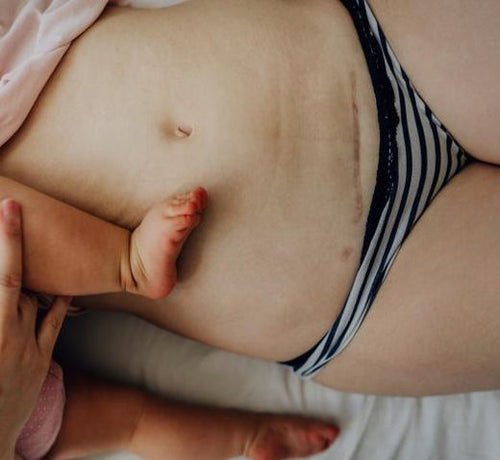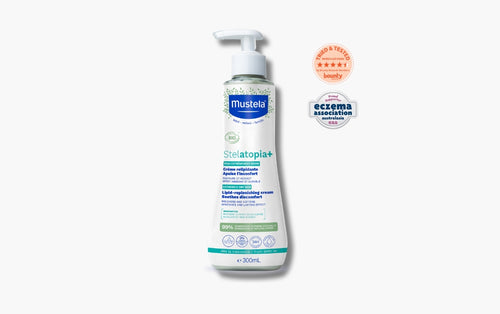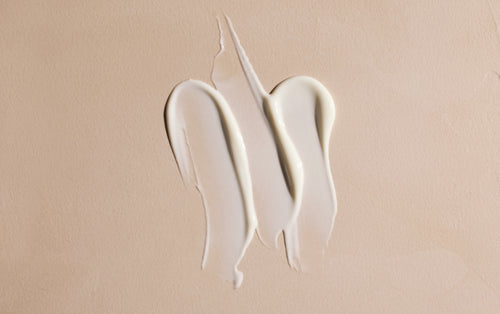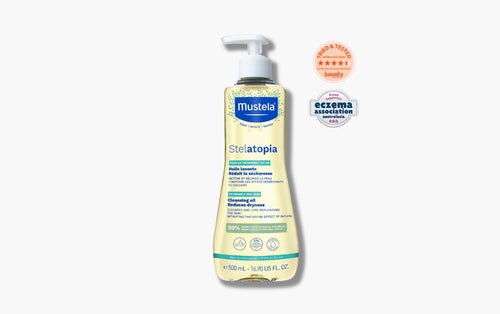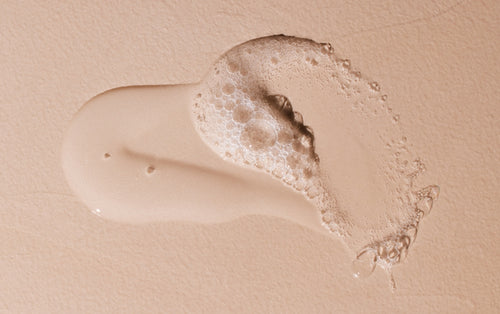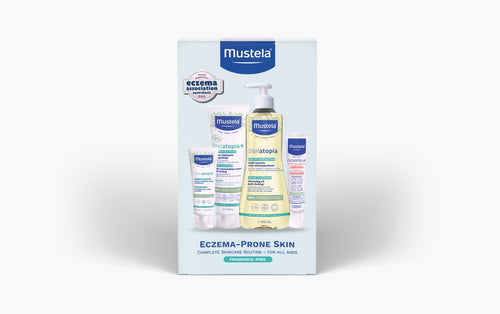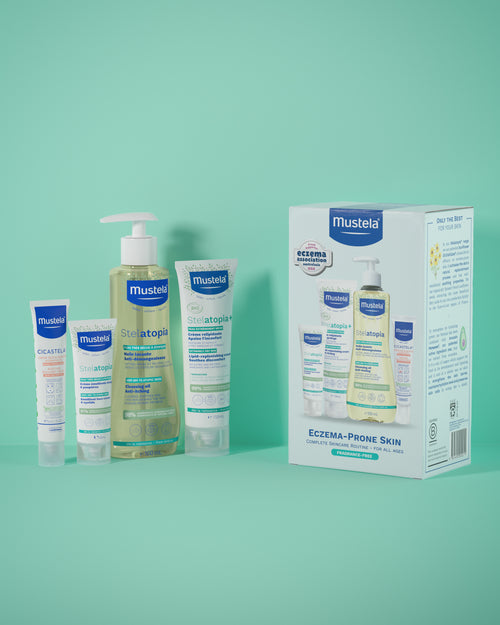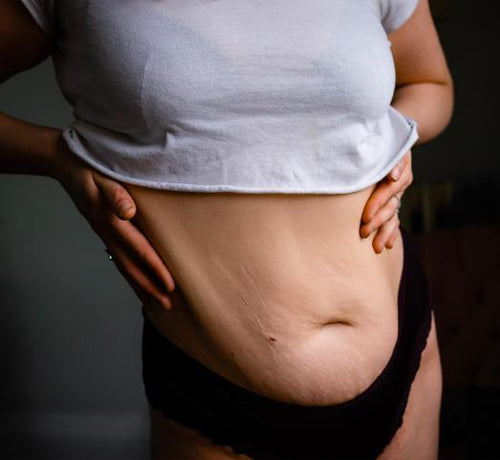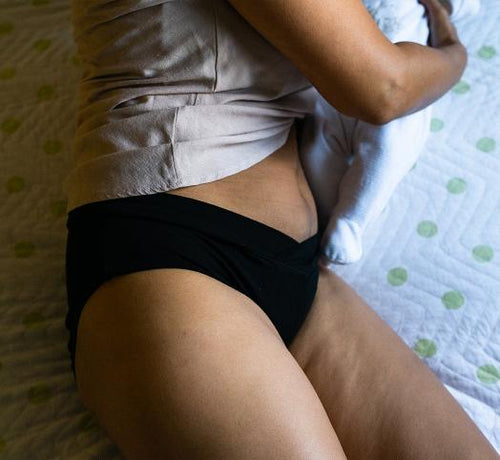Many stretch mark creams are unsafe to use during pregnancy due to retinol: an ingredient found in most budget creams and lotions that can cause birth complications. Our Stretch Marks Oil is retinol free, fragrance free, vegan, certified organic and made from 100% natural ingredients.
It's been specially formulated to help prevent stretch marks during pregnancy. Its effect is threefold:
- Provide long-lasting hydration
- Improve skin elasticity
- Soothe sensations of skin discomfort and tingling


